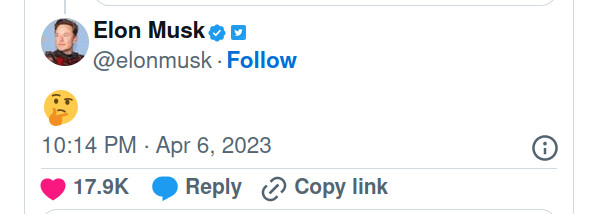The Power To Regulate Is The Power To Control
Established in June 1934, early in FDR’s first term as POTUS, the Federal Communications Commission (FCC) licensed radio spectrum a mere six months at a time. That gave it the power to harass radio stations that criticized the New Deal, or FDR himself. The FCC soon developed a reputation for denying licenses or causing major paperwork headaches for radio stations daft enough to question the New Deal Order or the administration’s official narratives.
One particularly stunning example of government censorship via corporate proxy occurred in February 1934, when the nation’s radio spectrum was still under the control of the FCC’s bureaucratic precursor, the Federal Radio Commission. Like more recent censorship-by-proxy, it led to death and destruction.
Eager to further his version of a Great Reset, FDR announced that contracts with private airlines to deliver the public mails were abrogated (as gold clauses in bonds had been) and the routes turned over to the US Army Air Corps. Unfortunately, the military’s pilots back then were far from being candidates for Top Gun school. As predicted, they began crashing. Soon, a dozen had died, along with many of the messages they had been entrusted to carry.
To hide his failed policy, FDR censored veteran pilot Eddie Rickenbacker, who took to the airwaves to bring public attention to the matter. NBC Radio’s William B. Miller warned Eddie that if he said anything controversial on air, he would be pulled off, on orders from Washington. Instead of criticizing FDR as intended, Eddie dissembled.
The Twitter Files saga proves that the US federal government is still using its regulatory powers to coerce corporations into censoring critics, despite the fact that doing so is patently unconstitutional. As the US Supreme Court ruled in 1960 in Bates v. City of Little Rock (361 US 516), First Amendment rights “are protected not only against heavy-handed frontal attack, but also from being stifled by more subtle governmental interference.”


